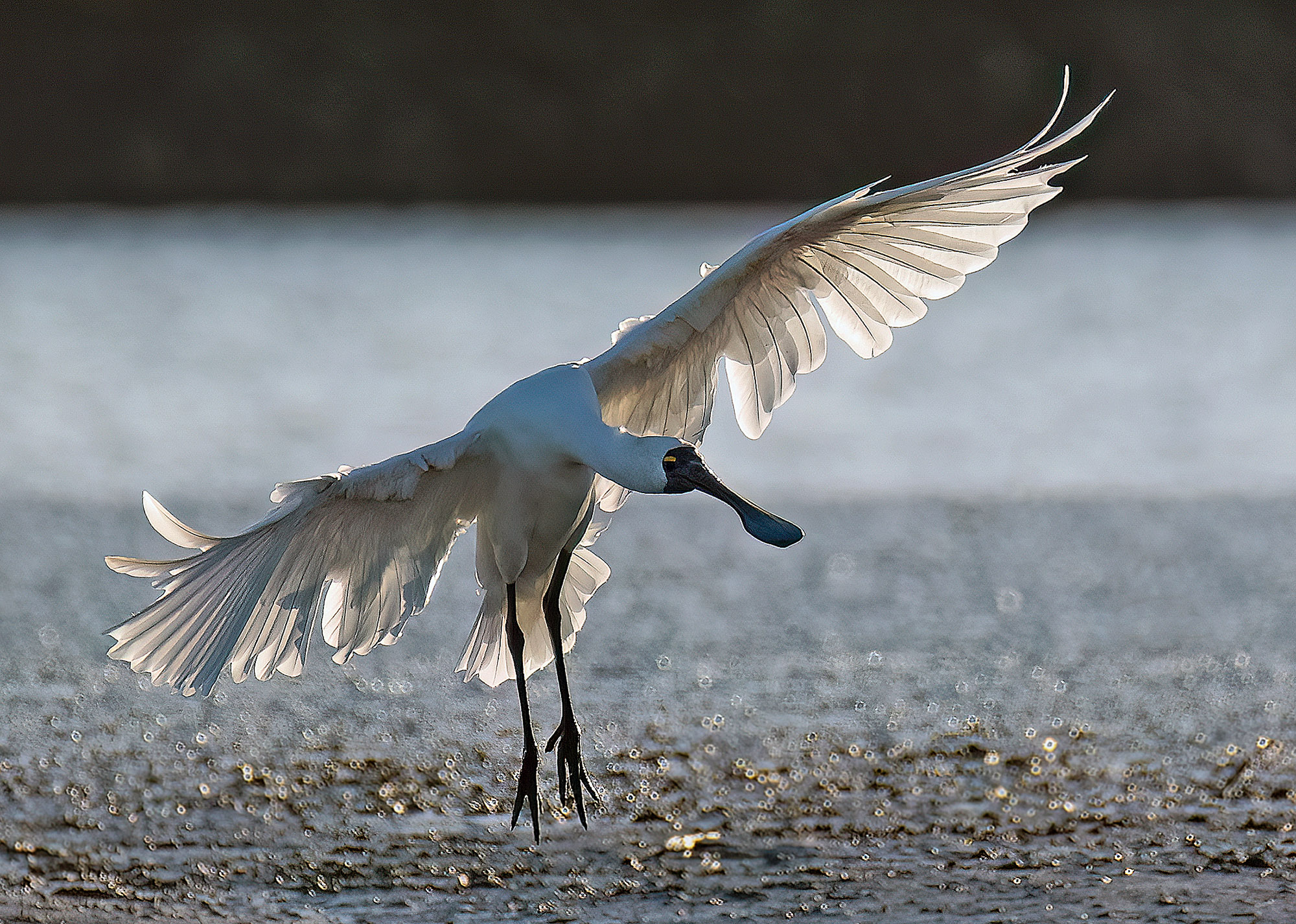Bird counts at harbour

Photo Mandy Hague.
News Editor
Bird counts have recorded 1800 birds at Ōhiwa Harbour and more than 500 birds in the Ōpōtiki Harbour, which may become the preferred home for white-fronted terns and royal spoonbills.
Last weekend’s count at Ōhiwa was undertaken at high tide at 15 sites around the harbour, with the number of birds recorded being fewer than previous years.
Meg Collins, who co-ordinates the biannual count, said there had been many changes in the harbour over the past six months, which probably explained the reduction.
“Where terns nested last year at the eastern end of Whangakopikopiko Island has flattened out by wave action.
“The beach at Ōhope Spit has moved 400 metres westward, and new sand islands have formed around the entrance of the harbour.
“During the last king high tide, which coincided with a low and bad weather, the high tides went over the road on Ōhiwa Harbour Road, and up the boat ramp onto Loop Road.”
Ms Collins said this movement of tides and sands did not bode well for the upcoming nesting of shorebirds in the harbour over spring and summer. These birds had particular requirements for breeding successfully.
However, a new census undertaken in the Ōpōtiki Harbour by Whakatohea Toi Ora environmental manager Logan Bertram and his team counted more than 500 birds in three sites near the groynes at the harbour entrance.
“We now know where the white-fronted terns and the rest of the royal spoonbills went this year,” said Ms Collins.
“This area, which has had extensive plantings, could be a perfect place for the shorebirds that were displaced from Ōhiwa this year to breed, especially New Zealand dotterels, Caspian terns and white-fronted terns. Only time will tell.”
Forty-nine royal spoonbills were counted at the two sites. Although the spoonbills were first sighted in New Zealand in the 1870s, they did not reach Ōhiwa Harbour until June 2010. It is still a mystery where they are breeding.
Bird counts are carried out throughout the country twice a year and sent to a central agency. The information is used by the Department of Conservation, regional councils, scientific institutions and universities.
The third edition of the Birds and the Ohiwa and Whakatane Harbours is selling well, and is available in Ōpōtiki from the isite, Tangata Whenua, and Ohiwa Tasman Holiday Park, and in Whakatāne from Cheddar Valley Pottery and the isite.
